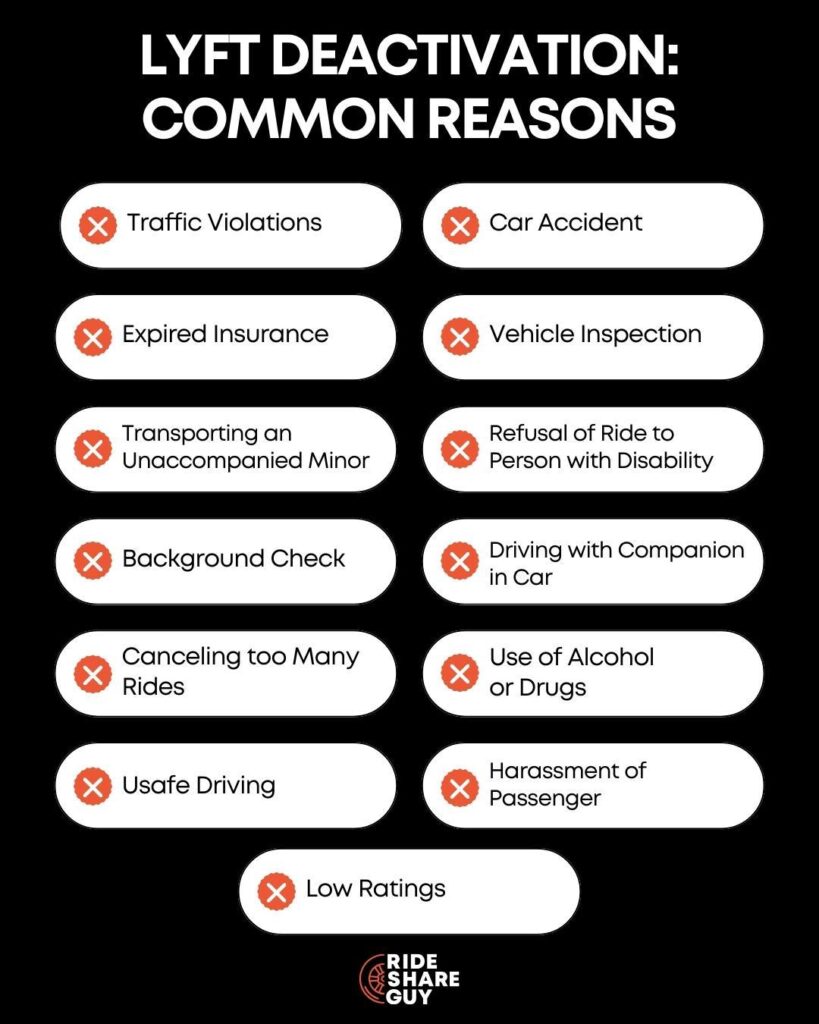Revolutionizing Safety in the Ridesharing Sector: Challenges, Innovations, and Policy Directions
Understanding the Complex Safety Landscape in Ridesharing
As ridesharing cements its role as a cornerstone of urban transit worldwide, the imperative to protect every participant—platform operators, drivers, and passengers—has never been greater. The industry faces a multifaceted array of safety challenges, ranging from driver exhaustion and distracted driving to passenger vulnerability and data privacy concerns. Balancing rapid growth with stringent safety measures requires operators to adopt advanced technologies such as AI-powered background screenings and continuous ride surveillance to proactively identify and mitigate risks.
Recent statistics from 2023 underscore the urgency of addressing these issues:
- Driver Fatigue: Prolonged driving hours have been linked to over 4,700 reported incidents, emphasizing the need for enforced rest periods and fatigue detection systems.
- Passenger Safety: More than 1,300 cases of harassment highlight the critical demand for enhanced in-app safety tools and rigorous driver vetting.
- Cybersecurity Threats: With over 400 data breach incidents, protecting sensitive user data through robust encryption and regular security audits remains a top priority.
| Safety Concern | Incidents Reported (2023) | Preventative Measures |
|---|---|---|
| Driver Fatigue | 4,700 | Mandatory rest breaks, fatigue detection technology |
| Passenger Harassment | 1,300 | Emergency alert buttons, comprehensive background checks |
| Data Breaches | 400 | Advanced encryption protocols, frequent security audits |
Identifying Risks Across the Ridesharing Spectrum
The ridesharing ecosystem is inherently complex, with distinct vulnerabilities affecting operators, drivers, and passengers alike. Operators must navigate stringent regulatory landscapes and protect their brand reputation, as any compliance failure can have widespread repercussions. Drivers confront unpredictable hazards, including unfamiliar routes and potential conflicts with riders. Passengers, on their part, rely heavily on the assurance that their journey will be both timely and secure.
Key risk categories impacting all parties include:
- System Failures: Technical glitches or dispatch errors that disrupt service and cause confusion.
- Physical Safety Threats: Instances of assault, harassment, or accidents occurring during rides.
- Information Security: Exposure of personal and financial data due to cyberattacks.
- Financial Risks: Unexpected expenses such as vehicle repairs, insurance shortfalls, or fare disputes.
| Stakeholder | Major Risk | Mitigation Strategy |
|---|---|---|
| Operators | Non-compliance with regulations | Regular policy reviews and compliance audits |
| Drivers | Safety incidents during rides | Enhanced screening and panic alert systems |
| Passengers | Security during trips | Live driver tracking and easy reporting mechanisms |
Technological Advancements Driving Safer Ridesharing Experiences
With the rapid expansion of ridesharing services, integrating innovative technologies has become indispensable for enhancing safety. Biometric authentication methods, including facial recognition and fingerprint scanning, are increasingly employed to verify identities, drastically reducing fraud and unauthorized access. Artificial intelligence systems monitor driver and passenger behavior in real time, detecting anomalies that could signal potential threats and enabling swift intervention.
Secure, encrypted communication channels within apps protect sensitive conversations between drivers and riders, mitigating risks associated with conventional messaging platforms. Additionally, GPS-based geofencing restricts rides to predefined safe zones and triggers immediate alerts if deviations or emergencies occur.
| Technology | Security Advantage |
|---|---|
| Biometric Authentication | Eliminates identity fraud |
| AI Behavior Analysis | Identifies suspicious conduct early |
| Encrypted Messaging | Secures private communications |
| GPS Geofencing | Monitors route adherence and emergency alerts |
- Multi-factor Authentication: Strengthens account security beyond simple passwords.
- Instant Incident Reporting: Facilitates rapid response from emergency services and platform support teams.
- Advanced Passenger Rating Systems: Utilize data analytics to promote responsible behavior among users.
Strategic Policy Initiatives to Fortify Rideshare Safety
To build a safer ridesharing environment, policymakers must mandate comprehensive background checks for drivers and operators, updated regularly to include behavioral evaluations and driving records. Implementing real-time monitoring systems equipped with GPS tracking and automated alerts can ensure immediate notification of irregularities or emergencies to both platform control centers and law enforcement agencies.
Establishing clear, standardized safety protocols accessible to all users is equally vital. These protocols should specify minimum vehicle maintenance standards and enforce strict penalties for violations such as intoxication, speeding, or passenger misconduct. The table below outlines critical policy focus areas and their anticipated benefits:
| Policy Focus | Recommended Measures | Projected Outcomes |
|---|---|---|
| Driver Screening | Implement multi-tiered verification processes | Minimized security risks |
| Vehicle Safety Standards | Enforce annual inspections and maintenance | Reduced accident frequency |
| User Accountability | Increase transparency in ratings and reporting | Enhanced mutual respect between riders and drivers |
| Emergency Response | Integrate SOS features with rapid dispatch protocols | Accelerated emergency assistance |
Conclusion: Paving the Way Toward Safer Ridesharing
Creating a secure ridesharing future hinges on the active participation of all stakeholders—platform operators, drivers, and passengers alike. By adopting stringent safety standards, harnessing technological innovations to neutralize threats, and fostering open communication, the industry can significantly reduce risks and build greater trust. Ongoing vigilance, combined with collaborative efforts, will ensure that the convenience and accessibility of ridesharing continue to thrive without compromising safety. The journey toward safer urban mobility is challenging but achievable through decisive, unified action.













